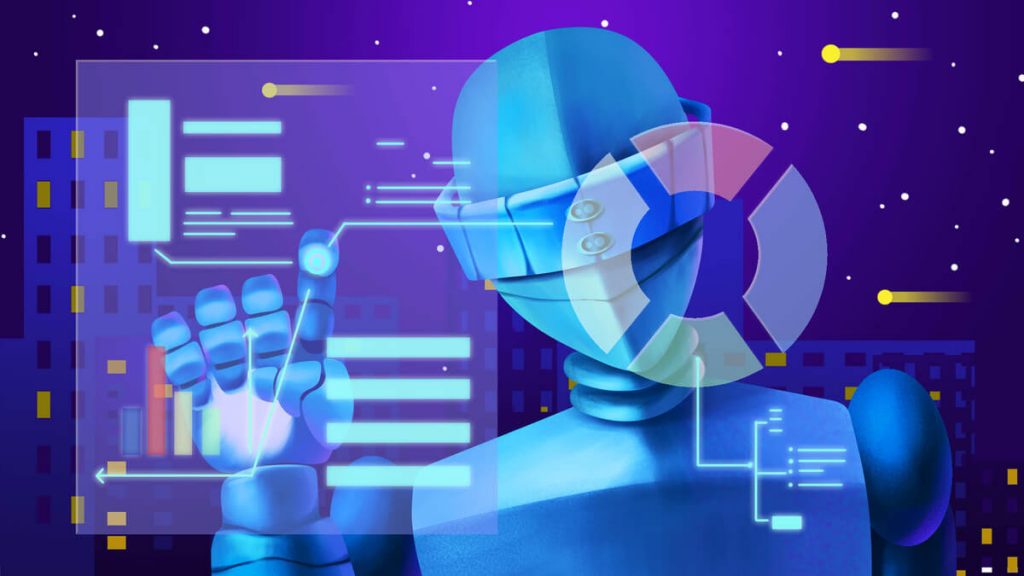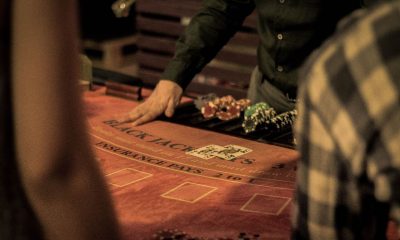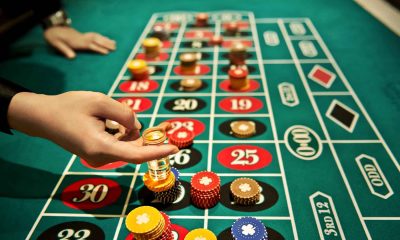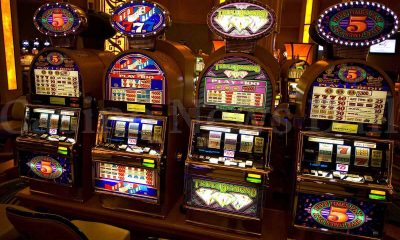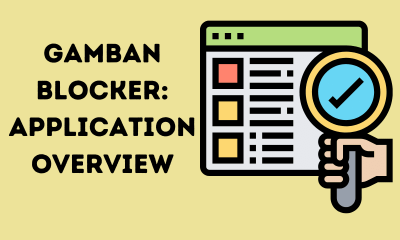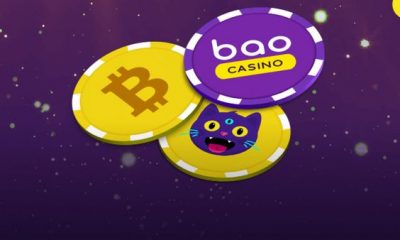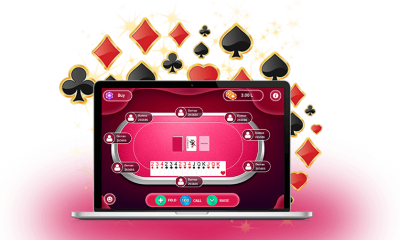Online Gambling Industry
Traditionally, online gambling games used radio frequency identification (RFID) that scanned cards that were dealt on the table by the dealer. OCR has rendered this approach obsolete, as many online casinos, including this live casino in Canada, now use conventional playing cards instead of expensive RFID enabled ones. This has resulted in better user experience because players no longer notice the difference between playing online or being in a real casino. This approach benefits the croupiers as well because they can better monitor the game and analyze players’ bets in real-time.
Automatic Number Plate Recognition
Before OCR, cameras would take a picture of your license plate if you sped through a traffic light or disobeyed traffic laws. This approach needed extra steps, which required a person at the police station to read the license plate, then look up the registration of the person who owned it. Since the advent of OCR, the process is much quicker. Now, the OCR camera scans the license plate and uploads the registration in real-time. Most OCR cameras can even automatically send the data to your e-mail or home address to completely automate ticketing.
Banking Procedures
Online banking apps have started to use OCR cameras to scan your paycheck, verify the signature, and clear it all in real-time with little human involvement. As long as you’ve used the service before and your paychecks clear consistently, your banking institution will put the funds on your cheque into your account within minutes. While there is a near 100% accuracy for printed cheques, handwritten cheques have a few issues clearing because OCR isn’t well equipped to understand multiple handwriting styles. Still, OCR cheque clearance reduces turnaround time significantly.
Legal Paperwork
The legal industry produces a lot of paperwork with sensitive information, and it would be incredibly time-consuming to upload and manually type old documents into a digital format. OCR technology can effectively scan and upload judgments, reams of affidavits, wills, statements, and other legal documents safely and securely while being easy to search. OCR technology also works in languages that don’t use Roman characters, so Mandarin Chinese, Japanese, Arabic, and Slavic languages are translatable. OCR provides fast access to legal documents, which is incredibly helpful for lawyers who want to review past cases.
Searchable Healthcare Records
Reviewing a patient’s healthcare records can be a complicated process for nurses who need to look up important information quickly. This can be even more complicated if the patient has been to multiple specialists who all have different files. Health care professionals can use OCR to search for past illnesses, insurance payments, records, and diagnostic tests. Having a hospital’s entire record stored digitally can help prevent illnesses, as well as minimize the logistics of storing equipment, drugs, and other consumables. It will effectively streamline the process and make diagnosing patients easier.
ID and Passport Recognition
Police officers, flight attendants, or bouncers who want to check if a piece of ID is legitimate used to have to run the number through a computer that took a significant amount of time to confirm if the ID or passport belonged to the correct person. Now, OCR technology can quickly scan IDs and passports while confirming its legitimacy and expiry date. Since IDs and passports use printed text, OCR technology can look up this information with a near 100% success rate. This allows police officers to avoid potentially dangerous situations, enables flight attendants to board passengers faster, and helps bouncers keep underage patrons out of the bar. Thank you for visiting techfollows.com.
